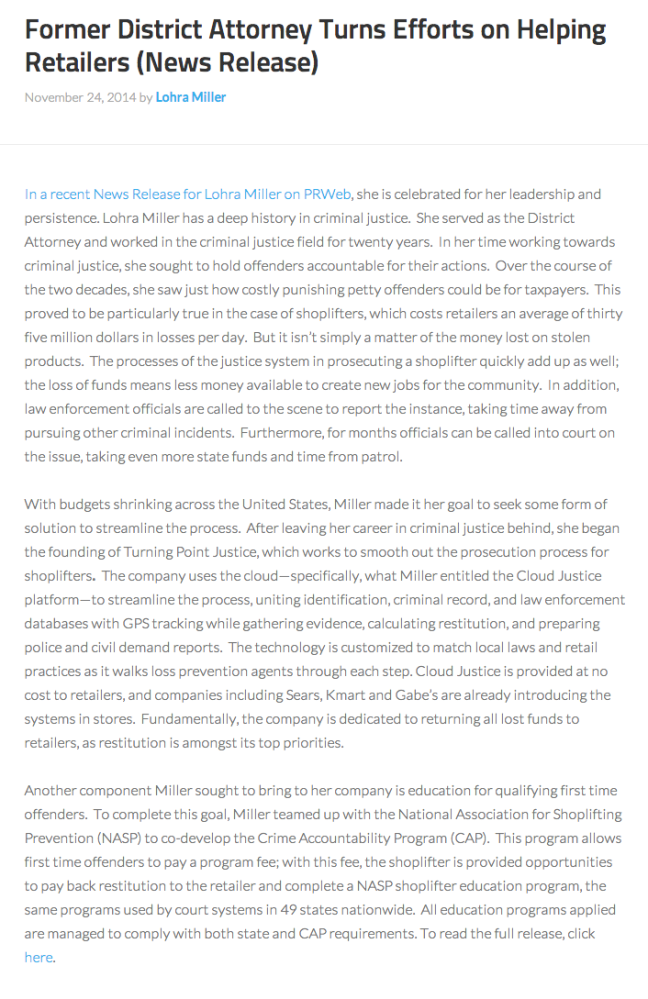A new year is upon us and with it comes a new set of resolutions for the next 52 weeks! This year our New Years resolution is to help reduce shoplifting to ease the impact it has on businesses. Shoplifting takes a certain toll on the business it happens to, as well as our economy as a whole. The common thought within shoplifters is that taking here or there will not affect such a large company’s bottom line. This is very much a fallacy and thieves are doing more damage than they know.
Businesses hedge against shoplifting by offsetting their presumed loss with higher prices, and placing the burden of what is stolen on the rest of the law-abiding patrons. In terms of what the average household pays out for the thievery of others is around $423 per house. Not only are the average citizens affected through paying more at the register, but also in tax dollars as police are spending time chasing down such petty crimes.
Turning Point Justice works closely with the National Association for Shoplifting Prevention to educate first time shoplifting offenders on what their real impact is on their community. Being able to show these first time offenders how their actions affect others, reduces their likelihood of repeating the offense. By exposing them to the Crime Accountability Program (CAP) we ensure that restitution is paid to the retailer who suffered theft.
Turning Point Justice is aiming to make this year better than ever in terms of shoplifting and theft.
To read the original post, click here to be redirected to the Turning Point Justice Blog.
from Lohra Miller| Restorative Justice http://ift.tt/1CsJqw7

